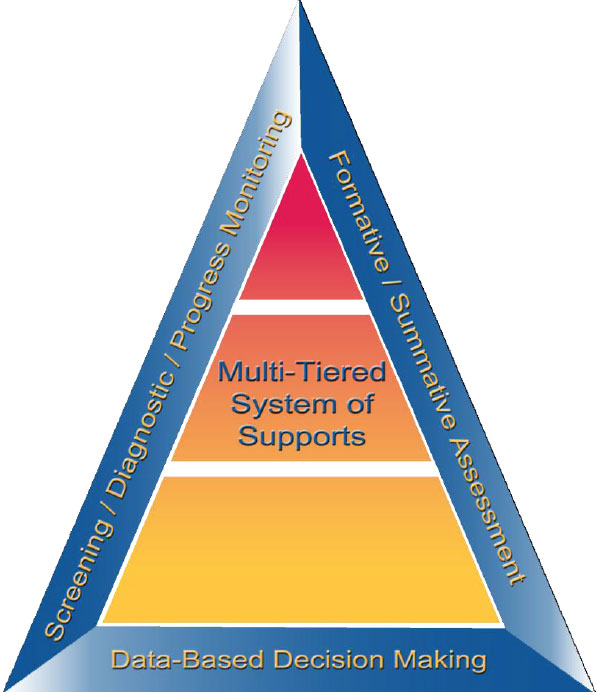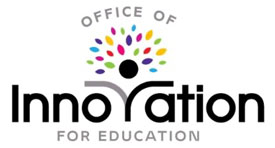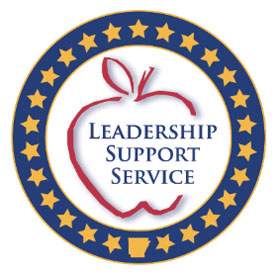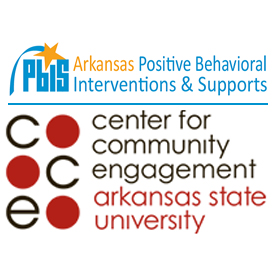In Arkansas, Response to Intervention (RTI) integrates assessment and intervention within a schoolwide, multi-tiered system of support (MTSS) to maximize student achievement and support students’ social, emotional, and behavior needs. Response to Intervention is a prevention model that includes the following essential components: Screening, Progress Monitoring, Multi-level Prevention System, Assessments, and Data-based Decision Making.
The graphic below depicts the essential components of the Arkansas Response to Intervention model.

The Multi-tiered System of support is designed to provide support matched to individual student need(s) to maximize student achievement and reduce behavior problems. The system consists of three levels of intensity or prevention that include high-quality core instruction and evidence-based interventions. The levels are Tier I: Core Instruction; Tier II: Supplemental Instruction; and Tier III: Intensive Intervention.
On the graphic below, select each Tier to learn more about the levels of prevention and support.

Tier III – INTENSIVE INTERVENTION
- Note: Tier III is in addition to core instruction at Tier I
- Focus: Students not responding appropriately to Tier I core instruction and Tier II interventions
- Interventionist: Highly trained, skilled, and knowledgeable school or specialized personnel
- Setting: Most often takes place outside of the general education classroom
- Grouping: Small, homogeneous grouping (1:1-1:3)
- Curriculum: Supplemental, customized, intensive, systematic, evidence-based instruction that targets math or reading areas of greatest need; compliments/supplements core instruction
- Duration: Varies, a minimum of 10-30 weeks (research determined by intervention)
- Length of Instructional Sessions: 30-60 minutes; five times per week
- Assessment: Combination of informal and formal measures to inform instruction, identify specific skill deficits, and determine intervention relative to mathematics and/or reading
- Progress Monitoring: Once per week to examine rate and level of performance for the purpose of determining student response to supplemental instruction/intervention
- Behavior: Attention to behavior factors (absenteeism, inattention) that impact performance

Tier II – SUPPLEMENTAL INSTRUCTION
- Note: Tier II is in addition to core instruction at Tier I
- Focus: Students considered at-risk as determined by universal screening, progress monitoring data, and additional validated measures of student performance (should target 10%-15% of the student population)
- Interventionist: Trained, skilled, and knowledgeable school personnel which may include classroom teacher (e.g. paraprofessional, classroom instructor, elective instructors)
- Setting: Variable, can occur in and/or outside of the general education classroom
- Grouping: Small, homogeneous grouping (1:3-1:5) based on similar instructional needs
- Curriculum: Supplemental, evidence-based intervention designed to address skill deficits of students; compliments/supplements core instruction
- Duration: Varies, based on rate of progress and performance of students; 12-18 weeks minimum or time period consistent with intervention guidance
- Time: 20-30 minutes, 3 to 4 times per week or consistent with intervention research
- Assessment: Combination of informal and formal measures to inform instruction and determine intervention, and use diagnostic assessments to identify specific skill deficits relative to reading and math
- Progress Monitoring: Every two weeks examine rate and level of performance for the purpose of determining student response to supplemental instruction/intervention
- Behavior: Attention to behavior factors (absenteeism, inattention) that impact performance

Tier I – CORE INSTRUCTION
- Focus: ALL students (should meet the needs of approximately 85% of the students)
- Interventionist: General education teacher
- Setting: General education classroom
- Grouping: Variable and flexible grouping formats
- Curriculum: Scientific, research-based math and reading instruction aligned to state standards and differentiated based on student need and ability
- Duration: Year-long
- Time: Involves a significant block of uninterrupted ELA and math instruction per day
- Assessment: Screening 3 times per year (Fall, Winter, Spring) plus a combination of informal measures to inform instruction and identify students who may be at-risk for math and reading failure
- Progress Monitoring: Students who are just below or a few points above the recommended benchmark score on universal screening may be progress monitored on a monthly basis
- Behavior: Attention to behavior factors (absenteeism, inattention) that impact performance










